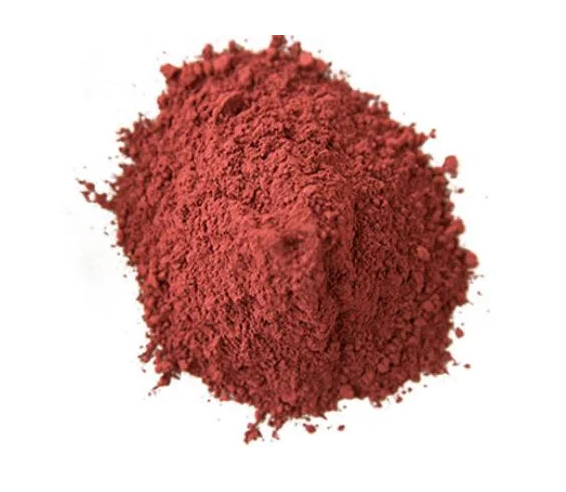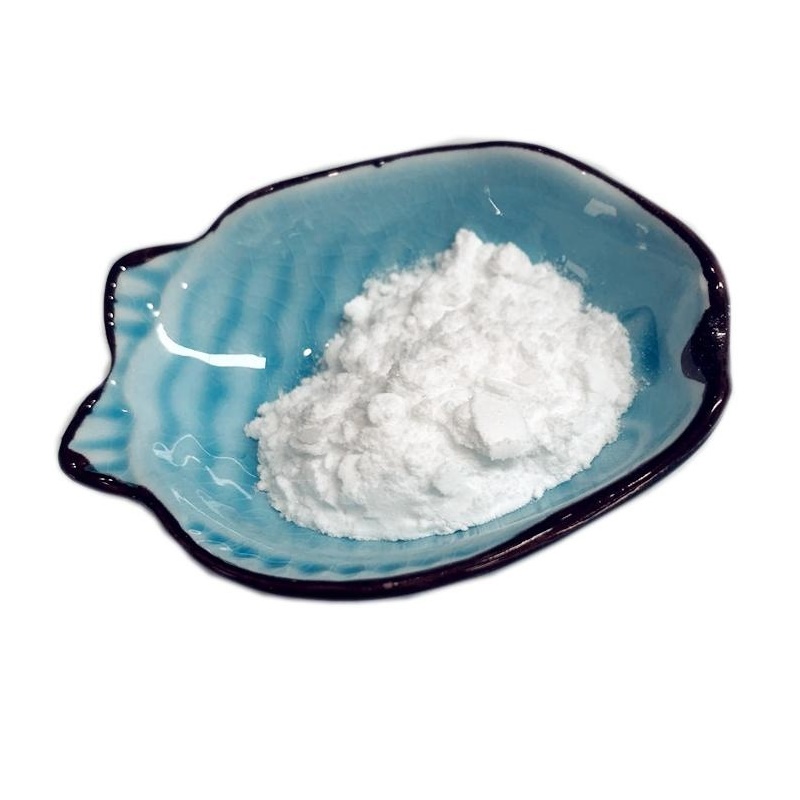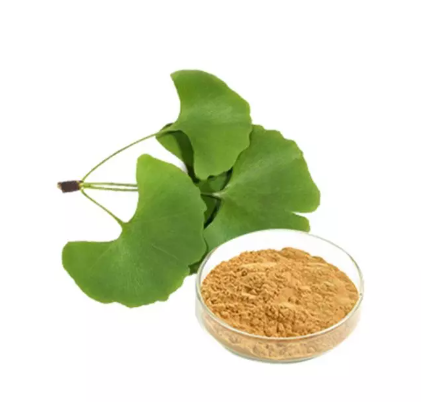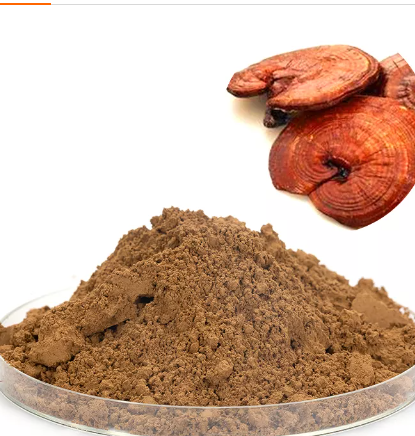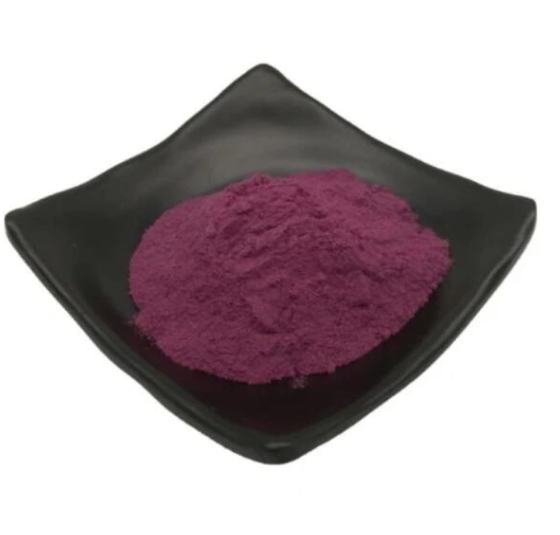

PALM OIL CAS 8002-75-3
——————
CAS number : 8002-75-3
molecular formula : 0
EINECS : 232-316-1
——————
Email : info@deshangchem.com
Mobile : +86-13153039501
TEL : +86-531-88752665
CAS number:8002-75-3
molecular formula:
molecular weight:
EINECS number:232-316-1
English synonyms
oils,palm;palm;Palmacidulatedsoapstock;palmoil(fromfruit);PALM OIL;PALM BUTTER;GOLDEN PALM OIL;Palm Oil (1 g)
Related categories
Food additives;Organic intermediates;Organic chemical raw materials;Base oils;Natural whole fruit essential oils;Biochemical reagents-fatty acids;Chemical raw materials;Chemical materials;Natural essential oils;Food additives;Natural Derived FatsOther Lipid Related Products;OilsAlphabetic;FA/FAME/ Lipids/Steroids;Food&Beverage Standards;Lipid Analytical Standards;LipidsFood&Beverage Standards;P;PA - PEN;Natural Derived FatsAlphabetic;Monomer Fragrance;Vegetable Base Oil;Base Oil;Fragrance & Fragrance
Introduction
Palm oil is the second largest edible oil in the world after soybean oil and the cheapest cooking oil in the international market. However, we rarely use it for cooking in our daily life. The main reason is that palm oil contains a large amount of saturated fatty acids, namely palmitic acid and stearic acid, which can reach more than 50% in total, which is harmful to the cardiovascular and cerebrovascular system. Therefore, if it is eaten as a daily edible oil, the harm to the body can be imagined.
Chemical properties
| Melting point | 30-40 °C(lit.) |
Density | d5025 0.89-0.92 |
Refractive index | n40D 1.453-1.459 |
Flash point | >110℃ |
| Storage conditions | 2-8°C |
| Shape | neat |
| Stability | Stable. Combustible. Incompatible with strong oxidising agents. |
Palm oil is a dark yellow solid or semi-solid with a relative density of 0.921-0.925 (15/15°C), a melting point of 27-50°C, an iodine value of 54, a saponification value of 201, and an acid value of 20-185. Soluble in ether, chloroform and carbon disulfide.
Use
● Palm oil can also be used as bio-jet fuel.
● Steel cold rolling oil, rust prevention, lubrication, sterilization, cooling
● Crude oil is used in soap making and hot-dip tinning. Refined oil is edible
Production method
● Currently, the processing of refined palm oil is accomplished by a series of mechanized procedures. From picking mature oil palm fruit to refined oil, it mainly includes processes such as sterilization, threshing, crushing, extraction/pressing, deacidification, decolorization, deodorization, fractionation, drying, and packaging. For palm kernel oil, processes such as core/meat separation, core crushing and sorting are added to the above process. The refining process is also simpler than that of palm oil, generally through the steps of alkali refining, decolorization and high temperature deodorization.
● It is obtained by pressing the pulp of oil palm as raw material.
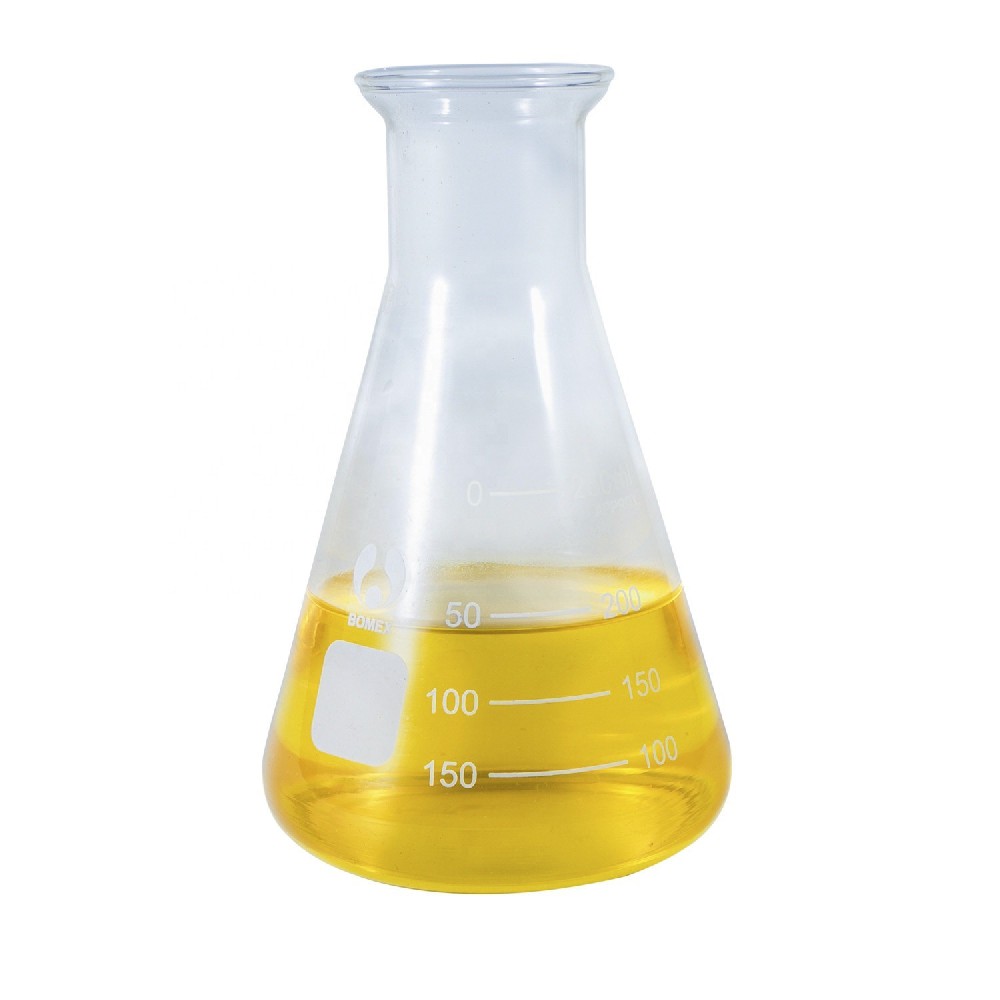
PALM OIL CAS 8002-75-3
CAS number:8002-75-3
molecular formula:
molecular weight:
EINECS number:232-316-1
English synonyms
oils,palm;palm;Palmacidulatedsoapstock;palmoil(fromfruit);PALM OIL;PALM BUTTER;GOLDEN PALM OIL;Palm Oil (1 g)
Related categories
Food additives;Organic intermediates;Organic chemical raw materials;Base oils;Natural whole fruit essential oils;Biochemical reagents-fatty acids;Chemical raw materials;Chemical materials;Natural essential oils;Food additives;Natural Derived FatsOther Lipid Related Products;OilsAlphabetic;FA/FAME/ Lipids/Steroids;Food&Beverage Standards;Lipid Analytical Standards;LipidsFood&Beverage Standards;P;PA - PEN;Natural Derived FatsAlphabetic;Monomer Fragrance;Vegetable Base Oil;Base Oil;Fragrance & Fragrance
Introduction
Palm oil is the second largest edible oil in the world after soybean oil and the cheapest cooking oil in the international market. However, we rarely use it for cooking in our daily life. The main reason is that palm oil contains a large amount of saturated fatty acids, namely palmitic acid and stearic acid, which can reach more than 50% in total, which is harmful to the cardiovascular and cerebrovascular system. Therefore, if it is eaten as a daily edible oil, the harm to the body can be imagined.
Chemical properties
| Melting point | 30-40 °C(lit.) |
Density | d5025 0.89-0.92 |
Refractive index | n40D 1.453-1.459 |
Flash point | >110℃ |
| Storage conditions | 2-8°C |
| Shape | neat |
| Stability | Stable. Combustible. Incompatible with strong oxidising agents. |
Palm oil is a dark yellow solid or semi-solid with a relative density of 0.921-0.925 (15/15°C), a melting point of 27-50°C, an iodine value of 54, a saponification value of 201, and an acid value of 20-185. Soluble in ether, chloroform and carbon disulfide.
Use
● Palm oil can also be used as bio-jet fuel.
● Steel cold rolling oil, rust prevention, lubrication, sterilization, cooling
● Crude oil is used in soap making and hot-dip tinning. Refined oil is edible
Production method
● Currently, the processing of refined palm oil is accomplished by a series of mechanized procedures. From picking mature oil palm fruit to refined oil, it mainly includes processes such as sterilization, threshing, crushing, extraction/pressing, deacidification, decolorization, deodorization, fractionation, drying, and packaging. For palm kernel oil, processes such as core/meat separation, core crushing and sorting are added to the above process. The refining process is also simpler than that of palm oil, generally through the steps of alkali refining, decolorization and high temperature deodorization.
● It is obtained by pressing the pulp of oil palm as raw material.
Team Presentation


